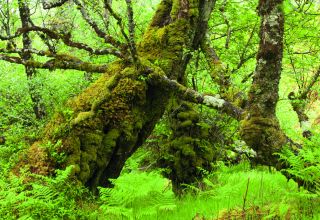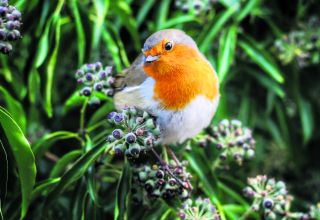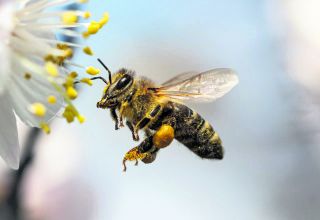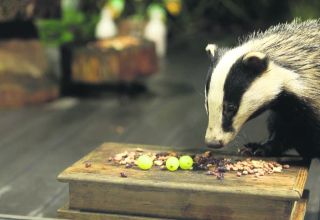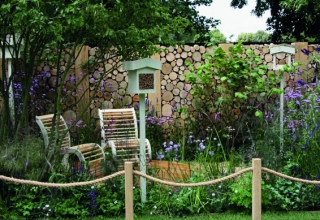
Even a small garden can attract wildlife, whether it’s in a town, suburb or village. Here are some tips
If you have a small garden or a flat with a balcony you can still have birds, butterflies and bees near you. It’s not necessary to own a large country garden to attract wildlife.
Bird feeders, a small water feature, the type of plants that attract bees and butterflies – these are just some of the ways you can help the wildlife out there without having acres of garden space.
Make good use of the space you have and you can provide shelter and food for birds and all kinds of other wildlife, such as butterflies and dragonflies. Small gardens are the most usual size of garden these days in new housing developments and collectively they can achieve a great deal to help wildlife that has lost habitat and feed in the countryside, with intensive farming methods and the destruction of hedges.
If you have a flat without a balcony or terrace, you can put up a window feeder for birds and maybe a window box with some flowers in. If you have a balcony there’s quite a lot of scope for using hanging baskets, climbing plants in containers and even containers that hang on to balcony rails.
Planting flowering plants in tubs and hanging baskets will attract beneficial insects – hover flies, bees and butterflies. To attract them choose plants with open flowers, not double or multi-petalled flowers which don’t allow insects to climb in easily and get to the nectar they need.
Crocus, grape hyacinth and winter flowering heathers offer nectar for insects early in the year. Rudbeckia, salvia, helenium and echinacea are perfect perennials with nectar rich flowers in summer, followed by long-lasting seed heads.
Many shrubs and small trees are suited to containers. Solanum with its pretty mauve flowers is light and graceful while the climbing hydrangea is a heavier plant that looks good against a wall.
Crab apples are excellent small trees whose flowers will attract pollinating insects in spring, while their fruit is loved by birds in autumn and winter. You could put up nest boxes on trees, fences or walls.
 If you have the space to create small borders and lawn, plant small trees and leave areas of dead wood, you’ll obviously attract more wildlife. Don’t be too tidy – leave seed heads on perennial plants for birds to feed on, and a pile of leaves or old wood for small creatures to snuggle under. Frogs, toads, beetles and hedgehogs will shelter underneath a few logs stacked against a wall.
If you have the space to create small borders and lawn, plant small trees and leave areas of dead wood, you’ll obviously attract more wildlife. Don’t be too tidy – leave seed heads on perennial plants for birds to feed on, and a pile of leaves or old wood for small creatures to snuggle under. Frogs, toads, beetles and hedgehogs will shelter underneath a few logs stacked against a wall.
Or you could put up a bug box – even a bug hotel if you have the space in a corner. You can buy them online or from garden centres; perhaps even make your own from old wood offcuts and some cut down hollow bamboo canes. Garden canes, sticks or a bunch of twigs can be left in a corner or even put some twigs on a planted container on a balcony. Fill a plant pot with leaves, turn upside down and leave it for the bugs to move in.
Ladybirds, so good for controlling aphids, like to hibernate in nooks and crannies under dead wood. Either buy or make a ladybird bug box and hang it up in a warm dry spot, or again old dead wood lying around will help them.
A water feature, no matter how small, will be loved by birds, and may attract frogs and newts. In limited spaces, you can use a large tub, container, small pre-cast plastic pond, or even an old tin bath. Just try to add a way out for small creatures – a piece of wood or stone propped up on the side will help.
Don’t use chemicals if you want to help wildlife unless as a last resort, because you may kill beneficial insects as well as those you are trying to get rid of. We need the good insects, or the eco system will suffer badly and so will we, eventually.



